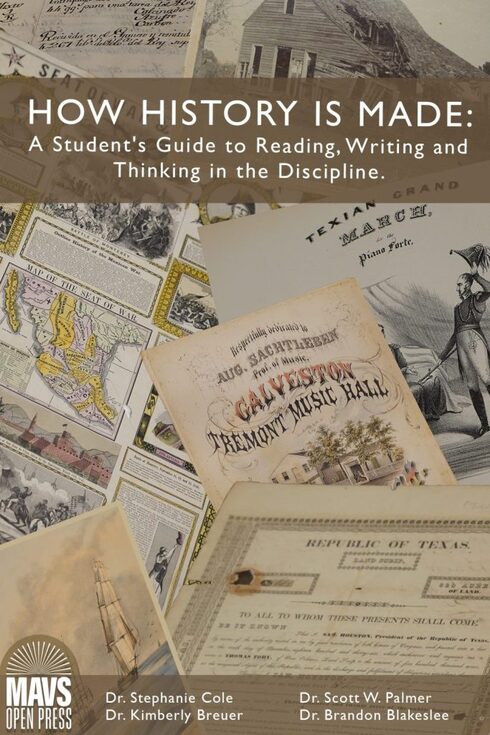


When conducting research you may come across many different types of sources and each source falls under a specific category. There are three main categories of sources which include Primary, Secondary, and Tertiary.
Primary source is a firsthand account of information by an individual with close connections to a topic. Ex: autobiographies, personal correspondences like diaries, government documents, documentaries, archives, works of art and literature, statistical data, and newspaper articles written by reporters close to the source.
Secondary Source is a source that is not involved or close to the event, usually written after the event has happened. Secondary sources describe, analyze, interpret, comment, and summarize a primary source. Ex: biographies, interpretation of statistics and data, book reviews, scholarly articles that talk about someone else's research, and anything written after an historical event that reevaluates what happened.
Tertiary sources contain information that is used to locate or find primary or secondary sources. Ex: almanacs, timelines, dictionaries and encyclopedias, directories, guidebooks, indexes, abstracts, manuals, and textbooks.
When doing research, it is important to find information that is reliable, accurate, and appropriate for your assignment. Some assignments may require you to use or limit certain sources such as:
In all cases, you should evaluate the information before you use it in your assignments.
When looking for accurate, reliable, credible sources use the Acronym CRAAP to help you decide if the information you are given is right for your research:

Check out the following handouts and links for further assistance:
CRAAP handout- Evaluating Resources
Checklist For evaluating sources
A teaching resource created by the MLA Style Center. Checklist for determining if sites are reliable.